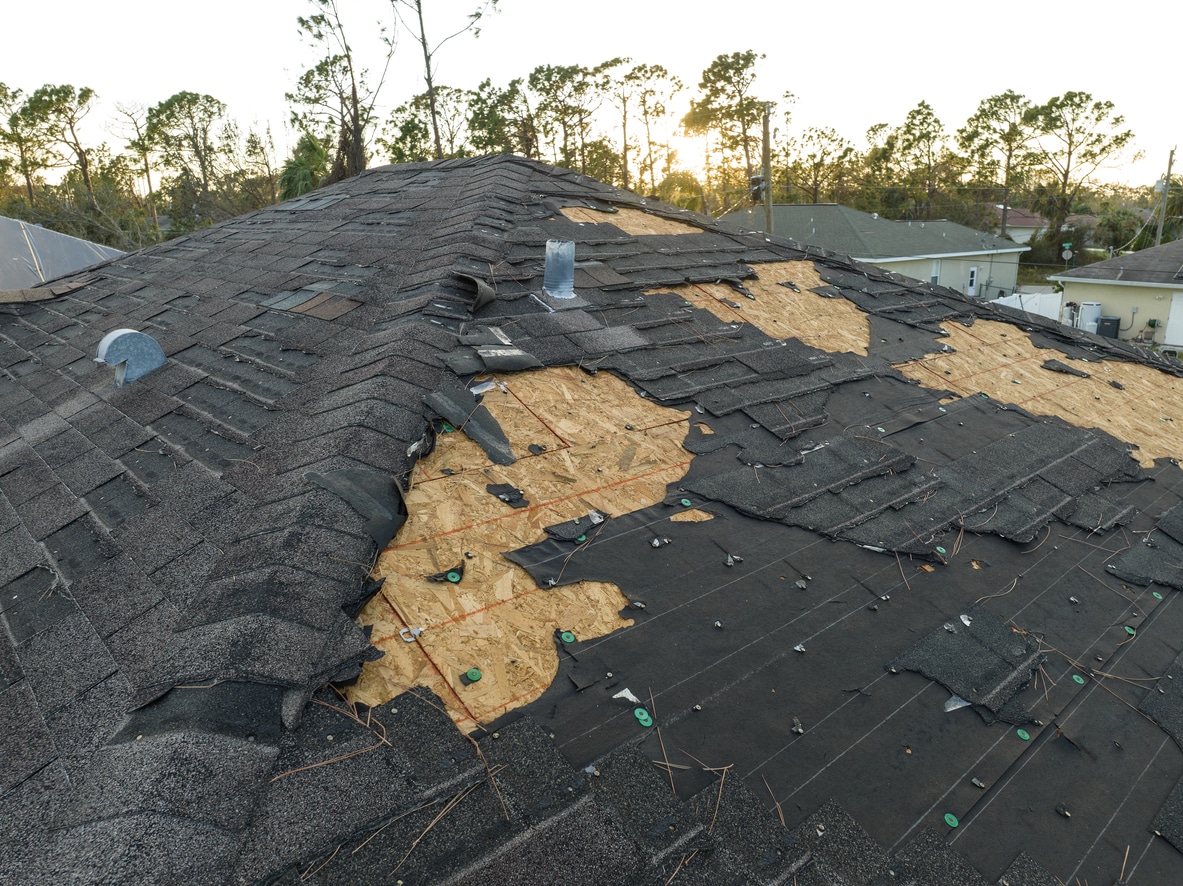Storms can wreak havoc on properties, causing significant damage that requires immediate attention. Timely and…
How to Bounce Back from the Storm Damage
Floods, Fires and Storms are a few scariest natural disasters that cause severe damage to the environment and require detailed restoration. It is important that an individual or a company that faces these damages, seek professional help with the cleanup and keep themselves safe.
Storm Damage Recovery
Hurricanes and other powerful storms have the potential to seriously harm your home. Sometimes, homeowners may feel forced to start again because the damage is so great.
Employ a specialist, describe the circumstances, and they ought to assist you in navigating the insurance procedure and restoring your property to its original state. Water damage specialists should be contacted after a storm because rain and floods are frequently the main issues. And without well-trained teams, it is impossible to carry out water restoration safely and successfully.
Furthermore, it is not cost-effective to perform it yourself due to the high costs associated with water damage repair cleanup and the potential for a secondary mold problem.
A storm cleanup from experts should include:
- Removal of dirt and full cleanup of the impacted property
- Boarding up of your property to prevent theft and/or injury
- Replacement of windows and doors
- Roof repairs due to hail, extreme winds, and/or water damage
- Restoration and repairs to electric, natural gas, and heat
- Contents pack-out and storage while remediation takes place
- Furniture and contents restoration
- Complete property reconstruction services
- Emergency water mitigation
What to Do After Storm Damage?
After a storm damage, it’s important to remember that the road to recovery may require patience and thoughtful decision-making. This approach can help you maintain a sense of calm and control in the face of adversity.
1. Stay Indoors
It is imperative that you wait until the winds have somewhat subsided before attempting to get outside. Remember that there is a lot of dirt and chaos out in the environment that may travel about much more easily than there was at the beginning of the storm. Using a working battery-operated radio comes in handy to hear when the threat has passed from local officials and forecasters.
2. Assess the Damage
When it’s safe to do so, survey your immediate surroundings to make sure there aren’t any lingering dangers, such as live electrical lines, gas leaks, etc. Be aware of the locations of the water, gas, and power shut-off valves and know when to turn them off.
3. Stay Updated
Information regarding current dangers, conditions, and help sources will be crucial at this time. During this period, keep doing as instructed by emergency officials. Stay tuned to emergency officials and any form of media that may provide updates.
4. Avoid Gasoline Power
Grilling and using gasoline-powered equipment indoors are not advised. Many people suffer from or pass away from carbon monoxide poisoning long after the storm has passed. This is frequently the result of using gasoline-powered appliances in inadequately ventilated spaces, such as generators, charcoal grills, and other appliances.
5. Avoid Candles
For some reason, using candles is considered to be extremely risky. Since the fire service might not be able to arrive in time to put out any fires, it is advised to refrain from using any fire-based stuff at all.


